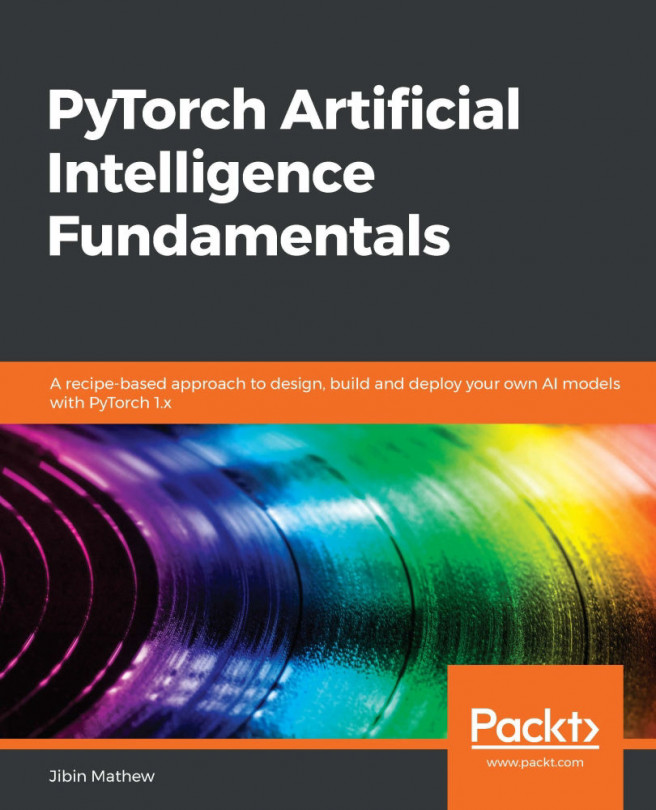In the previous section, we saw a scenario where we leveraged the pre-trained StyleGAN to generate images in a given style. In this section, we will take it a step further and learn about leveraging pre-trained models to perform image super-resolution. We will gain an understanding of the architecture of the Super-resolution GAN model before implementing it on images.
First, we will understand the reason why a GAN is a good solution for the task of super-resolution. Imagine a scenario where you are given an image and asked to increase its resolution. Intuitively, you would consider various interpolation techniques to perform super-resolution. Here's a sample low-resolution image along with the outputs of various techniques (image source: https://arxiv.org/pdf/1609.04802.pdf):

From the preceding image, we can see that traditional interpolation techniques such as bicubic interpolation do not help as much when reconstructing the image from a low resolution (a 4X...











































































